The US Mammography Market has witnessed significant advancements and competition, characterized by an array of innovative technologies and a growing focus on early detection of breast cancer. Companies in this sector are continually refining their imaging modalities, which includes digital mammography and 3D tomosynthesis, as well as supplementing their offerings with advanced artificial intelligence for improved accuracy in diagnosing conditions. The competitive landscape is shaped by numerous vendors striving to enhance their market share through mergers and acquisitions, collaboration with healthcare institutions, and expanding their distribution networks to ensure broader access to their services.
A deep understanding of the industry's regulatory environment coupled with consumer preferences and evolving healthcare policies shapes the strategic moves of players in this dynamic market.
Hologic is recognized as a prominent leader in the US Mammography Market, characterized by its unwavering commitment to women's health. The company specializes in developing and manufacturing state-of-the-art breast imaging equipment that allows for high-quality diagnostic outcomes, particularly through their advanced 3D Helical Mammography technology. Hologic's strong presence in the US is bolstered by its focus on innovation and the development of products that integrate seamlessly into breast cancer screening programs. The company has established a reputation for not only producing reliable imaging systems but also for providing comprehensive support and training, which enhances the operational efficiency of healthcare providers.
Strengthened by a robust portfolio of patents and a reputation for quality, Hologic maintains a competitive edge while advocating for improved standards in breast cancer detection and imaging technology.
Konica Minolta is a noteworthy player within the US Mammography Market, excelling in the realm of advanced imaging and diagnostic solutions. The company offers a suite of products, including digital mammography systems that prioritize patient comfort and high-resolution imaging for more accurate analyses. With a dedicated focus on innovation, Konica Minolta has carved out a strong niche in the market through its commitment to seamless integration of its technologies into existing healthcare systems. Their strengths lie in developing user-friendly platforms that streamline workflows and enhance precision in diagnosis.
The company's strategy is often complemented by strategic mergers and collaborations that extend their capabilities and market reach. These initiatives not only facilitate the introduction of cutting-edge technology but also solidify Konica Minolta's position as a significant contributor to early breast cancer detection solutions in the United States, indicating a thriving presence in this competitive landscape.


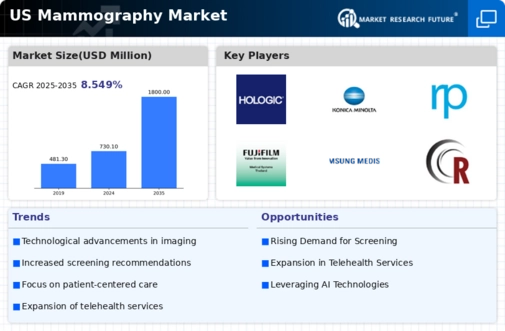


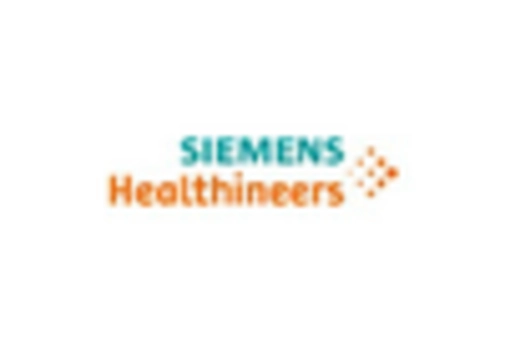
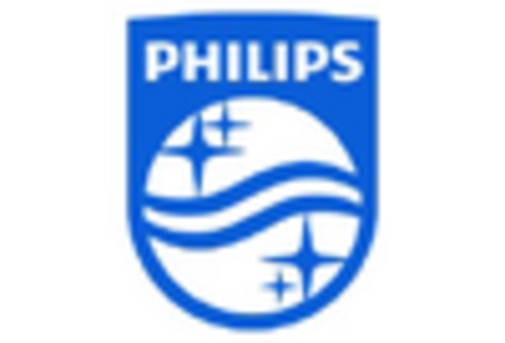
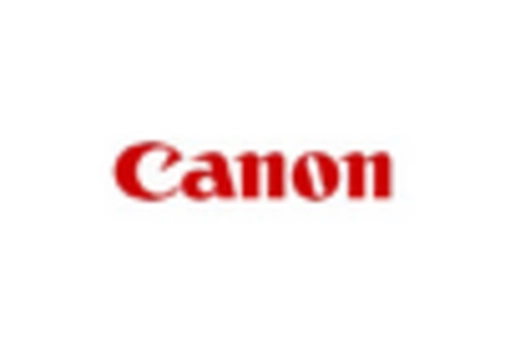
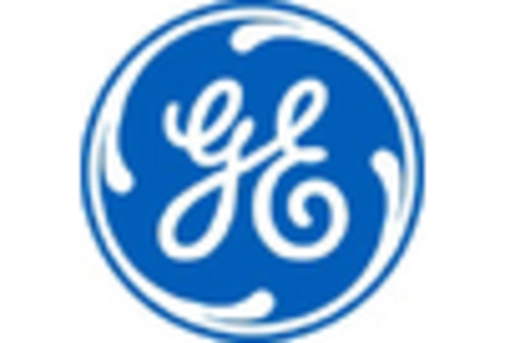













Leave a Comment